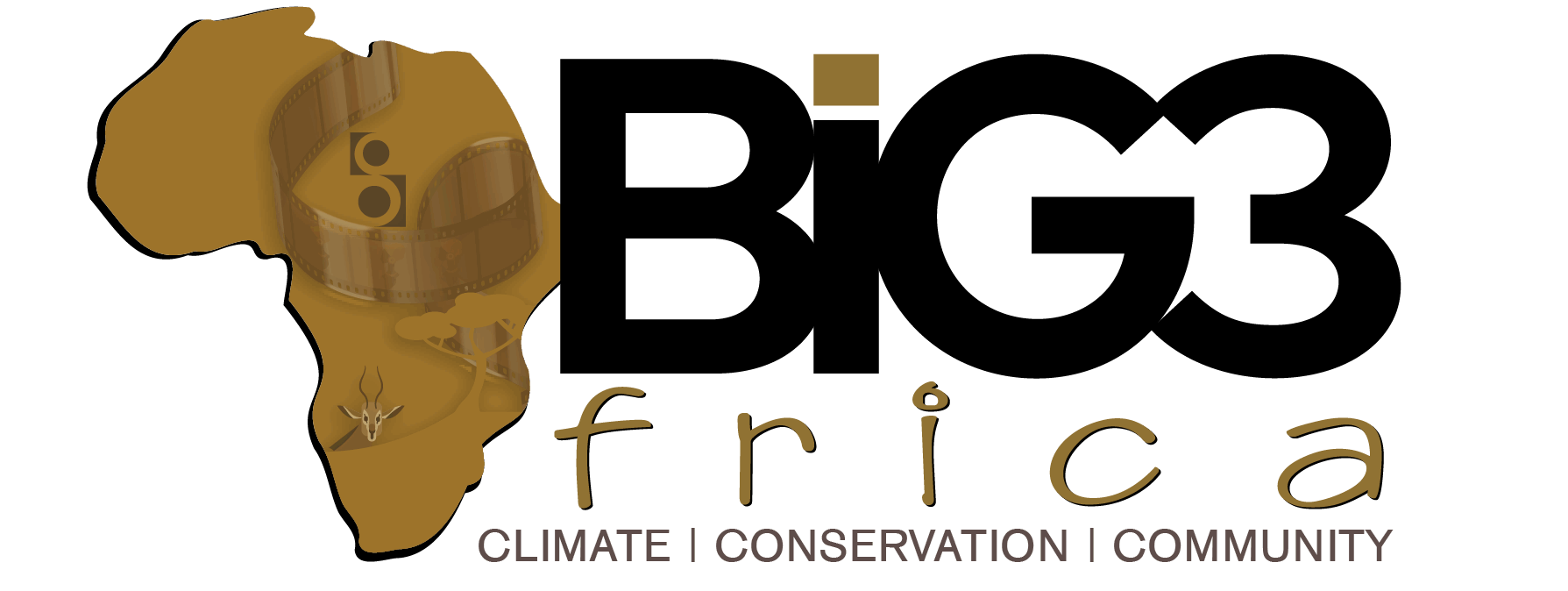By Shanna Hanbury
More than 900 known species are already extinct to date, while at least 28,500 others are listed as endangered or critically endangered by the IUCN, the global wildlife conservation authority.
As aggressive resource extraction chips away at the world’s natural biomes, mammals, fungi, corals, and more are squeezed into increasingly smaller islands of life, with climate change compounding the risk to their survival.
Despite these challenges, conservationists from Africa to the Amazon are working on the ground to prevent further extinctions. For three threatened species, conservation efforts have brought them a step closer to recovering their numbers in recent years.
An Okapi returns to Epulu in the DRC after a decade

In February 2025, an okapi (Okapia johnstoni), a rare, endangered relative of the giraffe, often called the “forest unicorn,” returned to the Okapi Wildlife Reserve in the Democratic Republic of Congo’s Ituri Rainforest for the first time in more than 10 years. In 2012, a brutal militia attack had killed seven people and 14 okapis at the site.
The individual was rescued in a nearby city and relocated by rangers working with the Okapi Conservation Project, Mongabay reported, giving the species, whose uncertain numbers are estimated as low as 3,000, another chance for recovery.
“The okapi is the pride of Mambasa,” Andy Kambale Matuku, the coordinator of the local environment organization Journalist Friends of Nature, told Mongabay contributor Saïbe Kabila. “If it were to disappear, the Mambasa territory would be consigned to oblivion.”
Endangered Cape vultures recover in South Africa

Once nearing collapse, South Africa’s Cape vulture (Gyps coprotheres) population is stabilizing after decades of decline, Mongabay reported.
South Africa spent more than 50 years building protections for the species, from power line retrofits to rehabilitation centers and safe zones spanning thousands of square kilometers.
“With a stable to increasing population at present, the Cape vulture does indeed provide hope for our conservation efforts,” André Botha of the IUCN Vulture Specialist Group told Mongabay contributor Sean Mowbray. In 2021, the species’ global IUCN status improved from endangered to vulnerable.
Tiny Marsupial makes a comeback in South Australia

On Australia’s southern Yorke Peninsula, the brush-tailed bettong (Bettongia penicillata), a tiny marsupial that looks and jumps like a tiny kangaroo, made an impressive recovery.
The species was reclassified in January 2025 from critically endangered to near threatened after its numbers rebounded thanks to a local conservation project. This included creating a 25-kilometer (15.5-mile) predator-proof sanctuary in a region where the bettong had already been declared extinct.
“We are on a mission, if you like, to bring back some of these native species that have gone missing in our landscape since European colonization,” Derek Sandow of the Marna Banggara initiative, dedicated to restoring the Yorke Peninsula’s biodiversity, told CNN.
The article has been republished from Mongabay: https://news.mongabay.com/short-article/endangered-species-day-three-animals-on-the-path-to-recovery/




